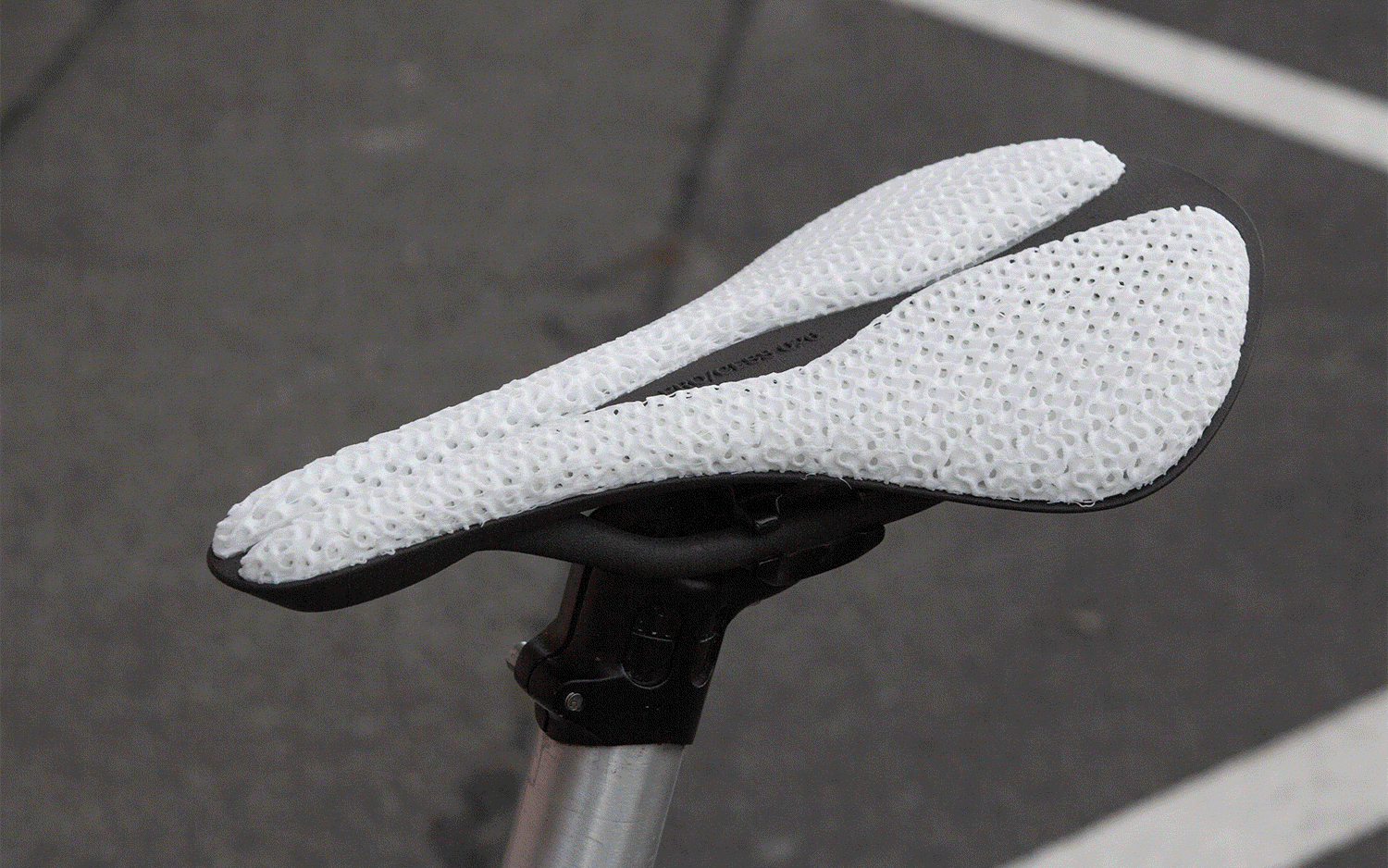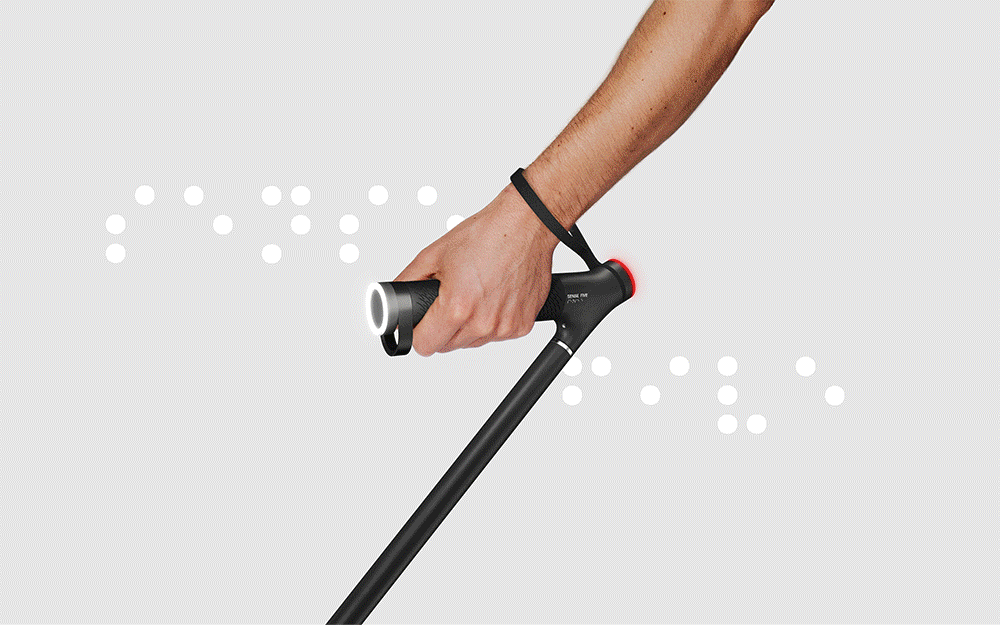hi, my name is tim (he/him) and i like to make things. constantly striving between learning and unlearning, i try to apply my passion for design research, technology and materials in social contexts. my work originates from an insatiable curiosity and materializes in product, system and graphic design.
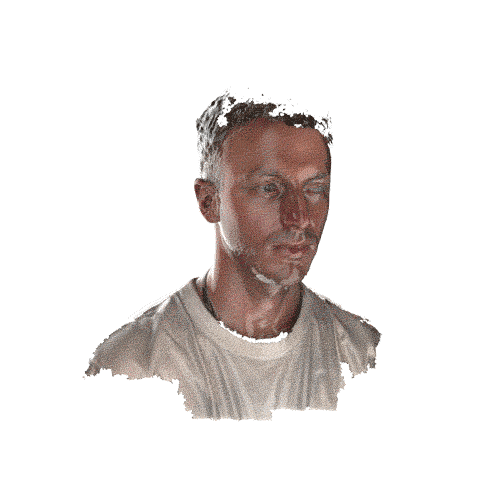
PRO/CESS – rejecting gender standards
PRO/CESS is a gender-sensitive, fully customised and additively manufactured bike saddle. unlike predetermined products, the concept involves an adaptive process that focuses on the particular needs of users and rejects gender standards. As ergonomic blueprint, a 3D model of one's own butt is created via an app using simple CV technology. together with further information on body characteristics and preferences, the shape, size, padding and look of the saddle are adapted in a parametric CAD model. the resulting manufacturing data for 3D printing is open source and can be produced by oneself, community-based or in microfactories.
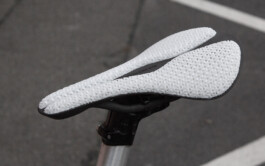
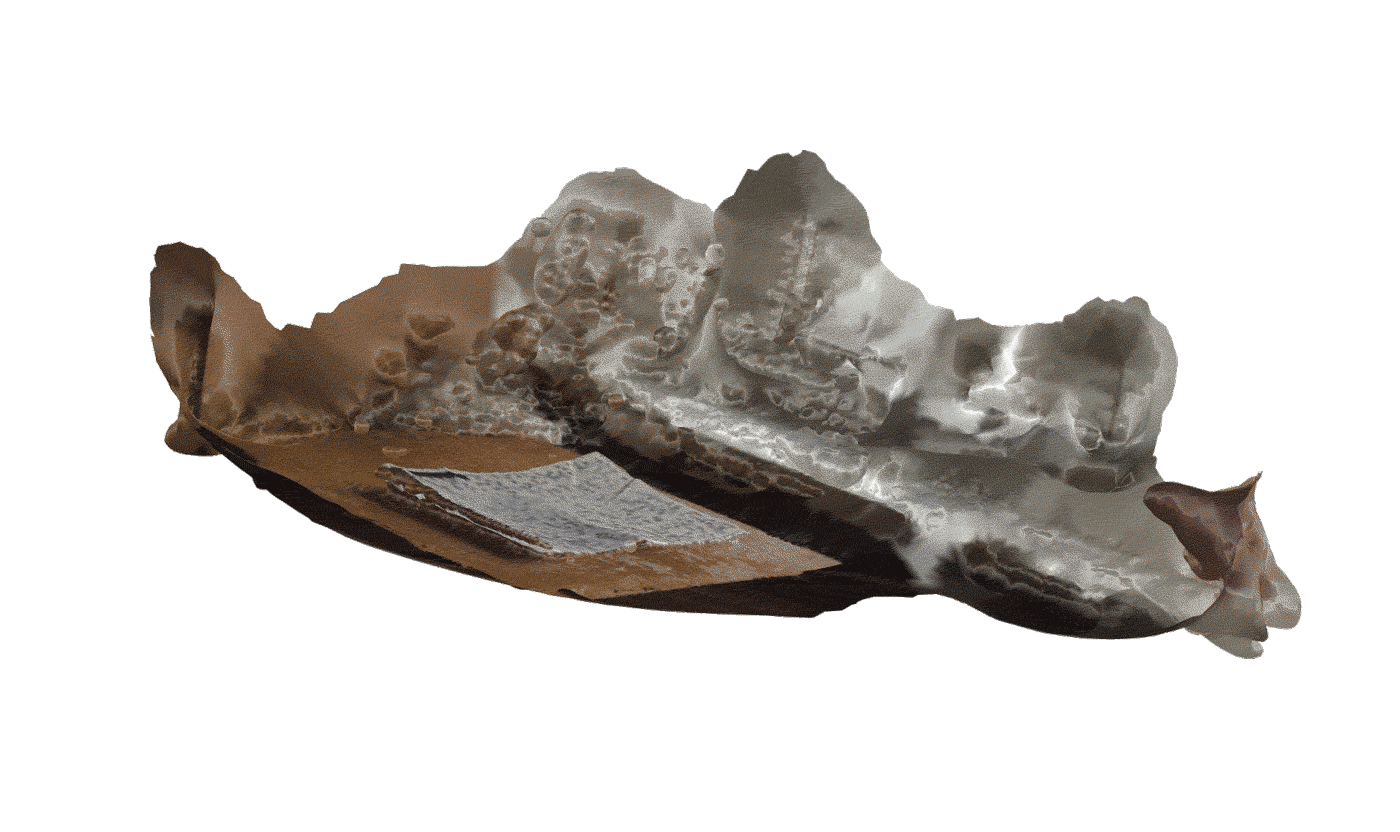
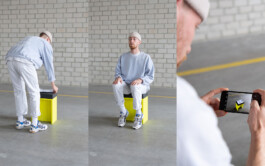
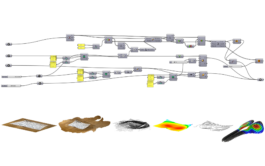
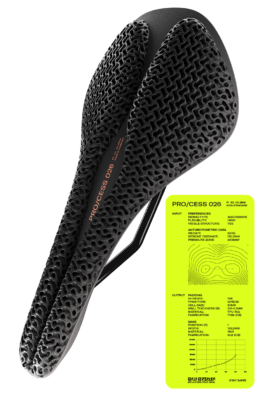
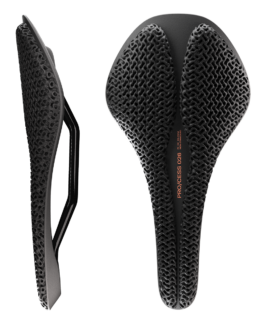
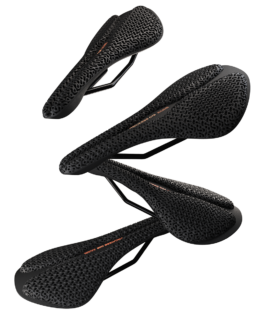
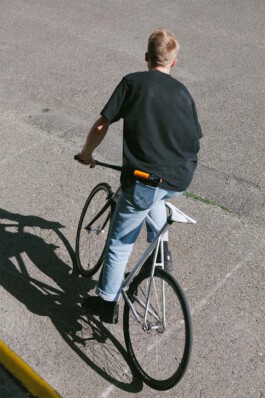
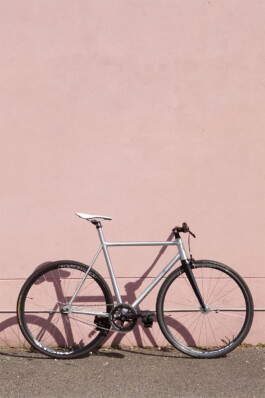
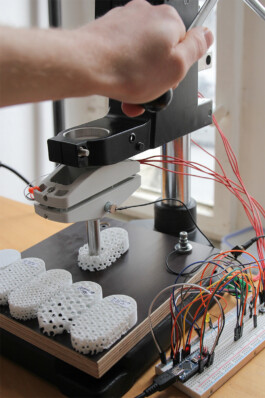
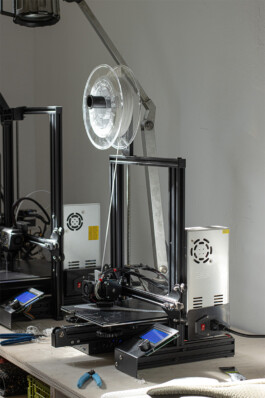
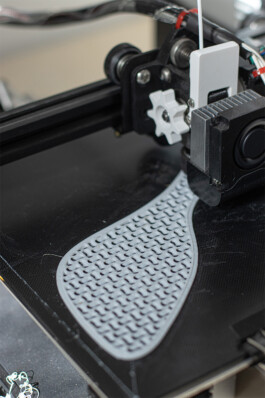
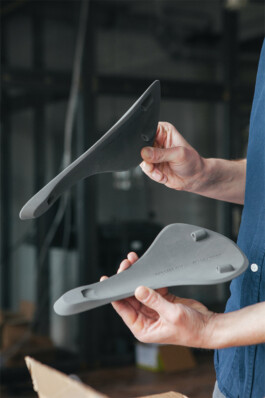
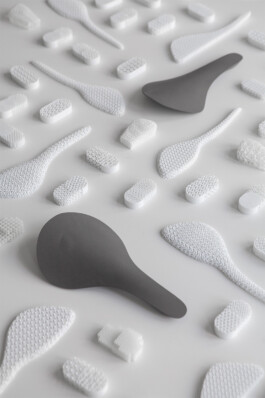
gender affairs
in this design-theoretical study, the productive design is placed in relation to the social construction of gender identities and the process of gender equality.
the common thread is the question of diversity empowering design and how, consequently, an open and equal society is possible with the help of gender-sensitive products. in the first part, fragmentary insights into elementary theoretical constructs are used to show the extent to which gender as a social construction consolidates social relations of hierarchy and inequality. in the second part, the findings are applied in a practical analysis of subjective and projective design in order to finally outline a gender-sensitive design approach. looking ahead, the potential of additive manufacturing, mass customisation and parametric CAD is presented in regard to gender-sensitive design strategies.
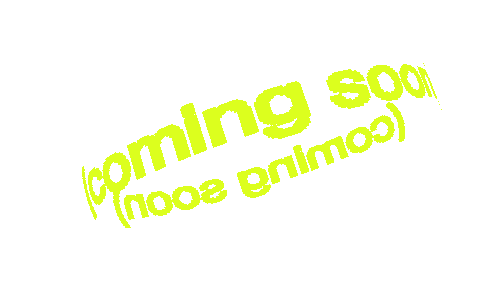

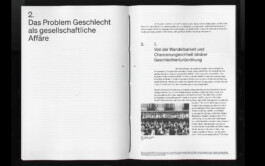
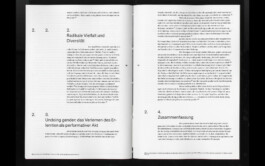
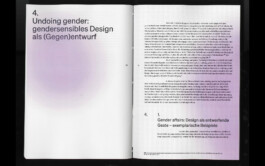
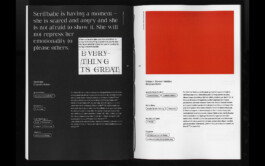
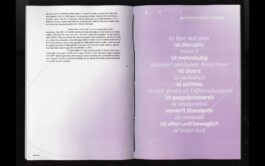
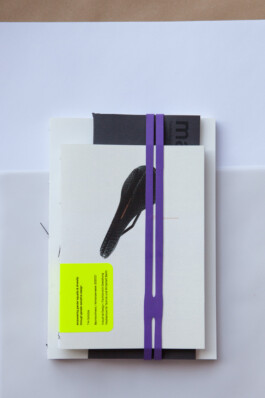
Sense Five
Sense Five is a smart white cane for people with visual impairments. environmental information is captured by sensors and transmitted to the user by a changing surface structure of the handle. thus the potential of growing traffic & real-time data is used to warn for example of overhanging or (autonomously) moving objects. the core of the innovation is the further development of the surface structure into a communication medium, opening up new possibilities for intuitive and differentiated use of the senses.
in cooperation with WertelOberfell

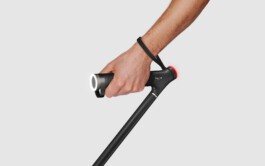
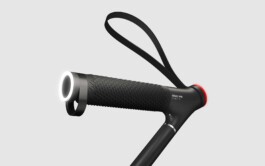
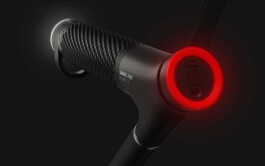
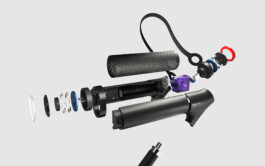
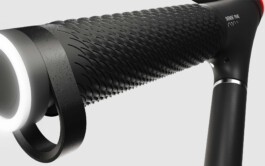
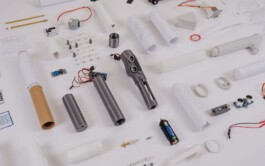
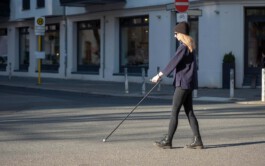
rouv
rouv is an innovative disinfection device for reusable coffee cups that simplifies handling in cafés, bakeries and the like, thus contributing to sustainable consumer behavior. he increasing use of reusable cups as the most sustainable alternative for coffee to-go faces a major hurdle from a hygienic point of view. since it is not possible to adequately ensure that coffee cups brought in are free of germs when they enter the hygiene area of the catering trade, they currently move into a gray area of awkward handling in which catering trade operators find it difficult to compromise between hygiene regulations and sustainability efforts.
here, rouv provides clarity by allowing cups brought in to be disinfected quickly and in a user-friendly manner directly at the counter before they enter the hygiene area. the customer simply places the coffee cup on the turntable, which automatically begins to rotate under the irradiation of UV LEDs arranged all around. the germ-free cup can then be removed from the other side and handled without restriction behind the counter. new scientific findings enable rouv to use rays of a specific wavelength for disinfection, which are lethal to viruses and germs but harmless to humans.

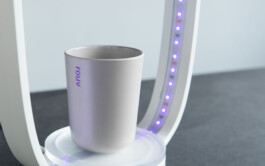
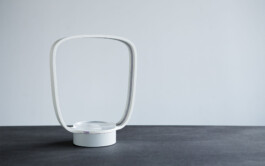
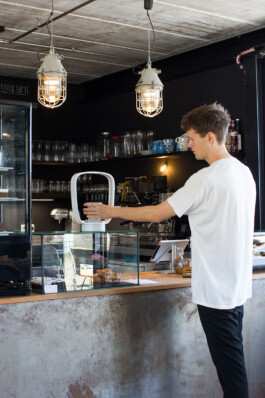
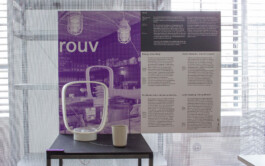
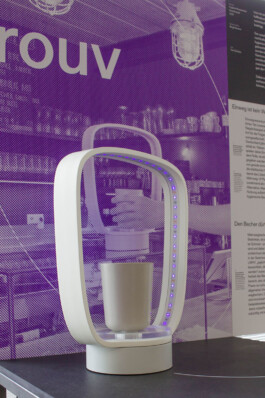
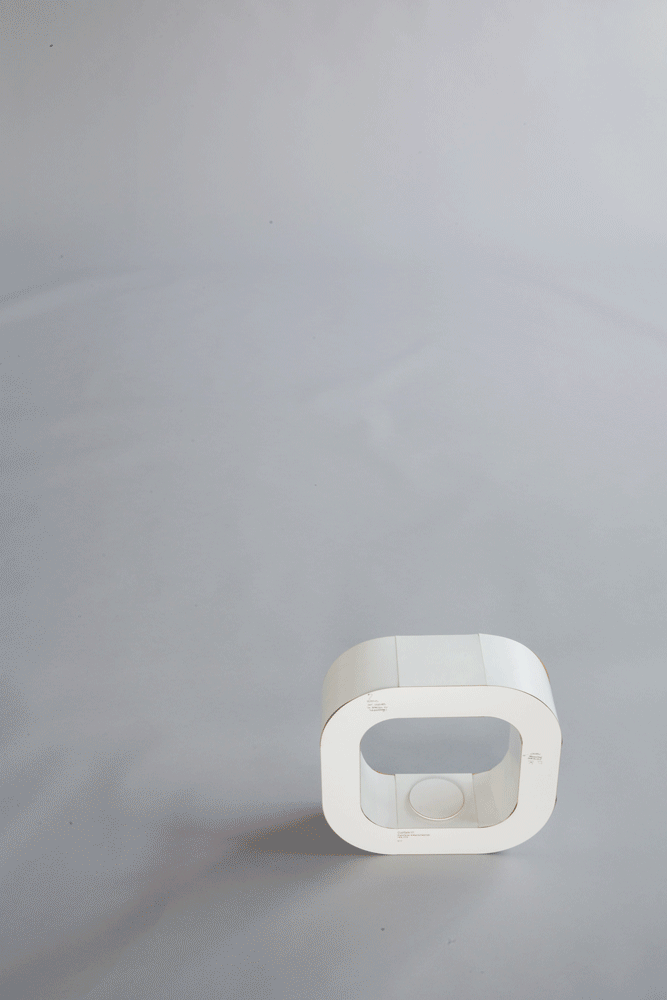
SPORE2030
SPORE2030 addresses the emerging problem of (illegal) sand mining and its fatal effects on ecosystems. the kinetic sculpture focuses on singapore as the largest importer and the neighboring countries in the southeast asian region as victims of the increasing demand for sand.
the lower level visualizes singapore's land expansion from 1973 to 2030, with the equivalent of more than 700 thousand tons of sand trickling down from above, creating sand mountains of varying sizes across regions. at the upper level, the dwindling sand causes cambodia, malaysia and vietnam to sink below the surface. in addition to the pictorial allusion to sinking and emerging land masses, short texts explain the consequences of the supposedly green development strategy "Singapore 2030".

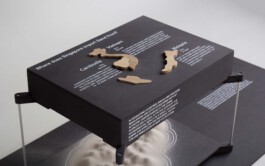
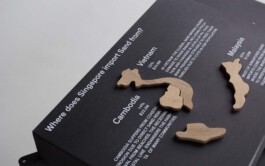
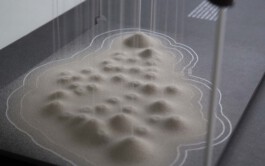
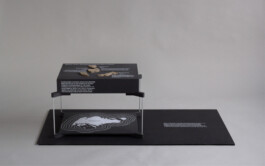
hi, my name is tim (he/him) and i like to make things. constantly striving between learning and unlearning, i try to apply my passion for design research, technology and materials in social contexts. my work originates from an insatiable curiosity and materializes in product, system and graphic design.














PRO/CESS – rejecting gender standards
PRO/CESS is a gender-sensitive, fully customised and additively manufactured bike saddle. unlike predetermined products, the concept involves an adaptive process that focuses on the particular needs of users and rejects gender standards. As ergonomic blueprint, a 3D model of one's own butt is created via an app using simple CV technology. together with further information on body characteristics and preferences, the shape, size, padding and look of the saddle are adapted in a parametric CAD model. the resulting manufacturing data for 3D printing is open source and can be produced by oneself, community-based or in microfactories.






gender affairs
in this design-theoretical study, the productive design is placed in relation to the social construction of gender identities and the process of gender equality.
the common thread is the question of diversity empowering design and how, consequently, an open and equal society is possible with the help of gender-sensitive products. in the first part, fragmentary insights into elementary theoretical constructs are used to show the extent to which gender as a social construction consolidates social relations of hierarchy and inequality. in the second part, the findings are applied in a practical analysis of subjective and projective design in order to finally outline a gender-sensitive design approach. looking ahead, the potential of additive manufacturing, mass customisation and parametric CAD is presented in regard to gender-sensitive design strategies.







Sense Five
Sense Five is a smart white cane for people with visual impairments. environmental information is captured by sensors and transmitted to the user by a changing surface structure of the handle. thus the potential of growing traffic & real-time data is used to warn for example of overhanging or (autonomously) moving objects. the core of the innovation is the further development of the surface structure into a communication medium, opening up new possibilities for intuitive and differentiated use of the senses.
in cooperation with WertelOberfell






rouv
rouv is an innovative disinfection device for reusable coffee cups that simplifies handling in cafés, bakeries and the like, thus contributing to sustainable consumer behavior. he increasing use of reusable cups as the most sustainable alternative for coffee to-go faces a major hurdle from a hygienic point of view. since it is not possible to adequately ensure that coffee cups brought in are free of germs when they enter the hygiene area of the catering trade, they currently move into a gray area of awkward handling in which catering trade operators find it difficult to compromise between hygiene regulations and sustainability efforts.
here, rouv provides clarity by allowing cups brought in to be disinfected quickly and in a user-friendly manner directly at the counter before they enter the hygiene area. the customer simply places the coffee cup on the turntable, which automatically begins to rotate under the irradiation of UV LEDs arranged all around. the germ-free cup can then be removed from the other side and handled without restriction behind the counter. new scientific findings enable rouv to use rays of a specific wavelength for disinfection, which are lethal to viruses and germs but harmless to humans.




SPORE2030
SPORE2030 addresses the emerging problem of (illegal) sand mining and its fatal effects on ecosystems. the kinetic sculpture focuses on singapore as the largest importer and the neighboring countries in the southeast asian region as victims of the increasing demand for sand.
the lower level visualizes singapore's land expansion from 1973 to 2030, with the equivalent of more than 700 thousand tons of sand trickling down from above, creating sand mountains of varying sizes across regions. at the upper level, the dwindling sand causes cambodia, malaysia and vietnam to sink below the surface. in addition to the pictorial allusion to sinking and emerging land masses, short texts explain the consequences of the supposedly green development strategy "Singapore 2030".





